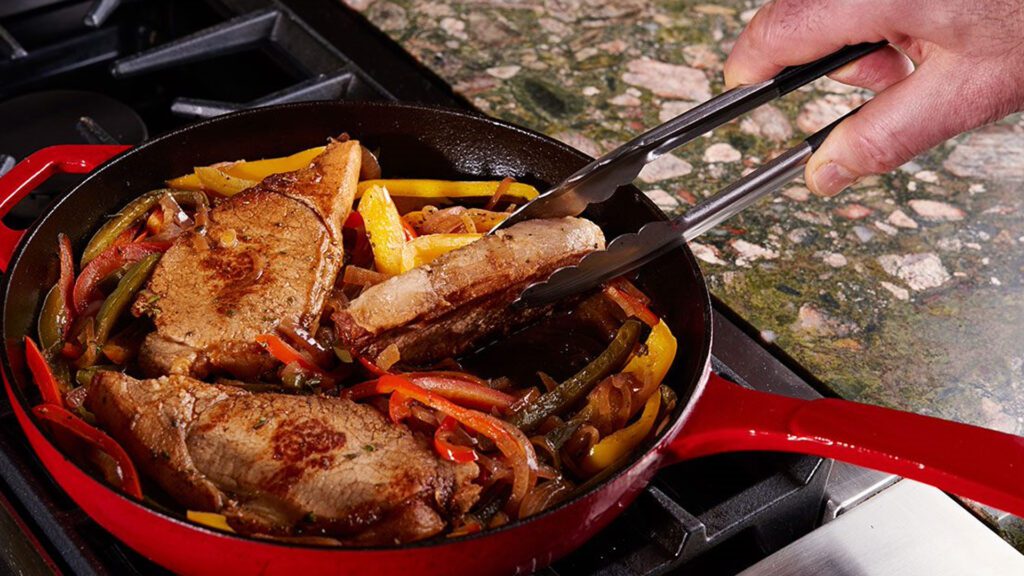Sautéing is a technique used to cook food quickly in a hot pan with oil or butter. To sauté like a pro, use a heavy-bottomed pan with a flat bottom and choose an oil with a high smoke point such as vegetable oil, canola oil, or grapeseed oil. Heat the pan over medium-high to high heat before adding the oil or butter. Toss or stir the food around continuously to ensure even cooking and don’t overcrowd the pan. Watch the color and texture of the food to know when it’s done and season your food to taste. Practice and have fun in the kitchen!
Sautéing Like a Pro: Mastering the Art of Pan-Frying
If you’re looking to impress your friends and family with your cooking skills, then sautéing is one culinary technique you need to master. Sautéing is the process of cooking food quickly in a hot pan with oil or butter. The key to successful sautéing is getting the pan hot enough and using the right oil or butter. Follow these tips and tricks and you’ll be sautéing like a pro in no time.
The Right Pan
First things first, you need the right pan for sautéing. A heavy-bottomed pan with a flat bottom is ideal. A pan that is too thin or lightweight will not distribute heat evenly, and a curved bottom will make it harder to stir the food. A heavy cast iron or stainless steel pan is perfect for sautéing, but if you’re on a tight budget, a non-stick pan will suffice. Just be sure not to use metal utensils on a non-stick pan, as it can scratch the surface.
The Right Oil
Choosing the right oil is also important. You want an oil that has a high smoke point, which means it can withstand high heat without burning. Some good options for sautéing include vegetable oil, canola oil, and grapeseed oil. Butter is also a good option, but be careful not to let it burn.
The Right Temperature
To sauté like a pro, you need to get the pan hot enough. Heat your pan over medium-high to high heat for a few minutes before adding your oil or butter. To test if the pan is hot enough, flick some water droplets onto the surface. If they sizzle and evaporate immediately, the pan is ready. If they just steam and roll around, the pan needs more time.
The Right Technique
Once the pan is hot and the oil or butter is added, it’s time to start sautéing. Add your food to the hot pan and use a spatula or tongs to continuously toss or stir the food around. This ensures even cooking and prevents anything from sticking to the bottom of the pan. Don’t overcrowd the pan either. You want the food to have enough space to move around freely.
The Right Time
Knowing when your food is done is also key to successful sautéing. Keep an eye on the color and texture of the food. Meat should be browned on the outside and cooked through on the inside. Vegetables should be crisp-tender and not overcooked. It’s better to remove the food from the pan a little early and finish cooking it off the heat than to let it cook too long and become overdone.
The Right Seasoning
Finally, don’t forget to season your food to taste. Salt and pepper are the basics, but don’t be afraid to experiment with other spices and herbs. Add them towards the end of the cooking process, so they don’t burn or lose their flavor.
Conclusion
With the right pan, oil, temperature, technique, time, and seasoning, you’ll be sautéing like a pro in no time. Don’t be afraid to experiment and try new things, and most importantly, have fun in the kitchen. Happy cooking!
